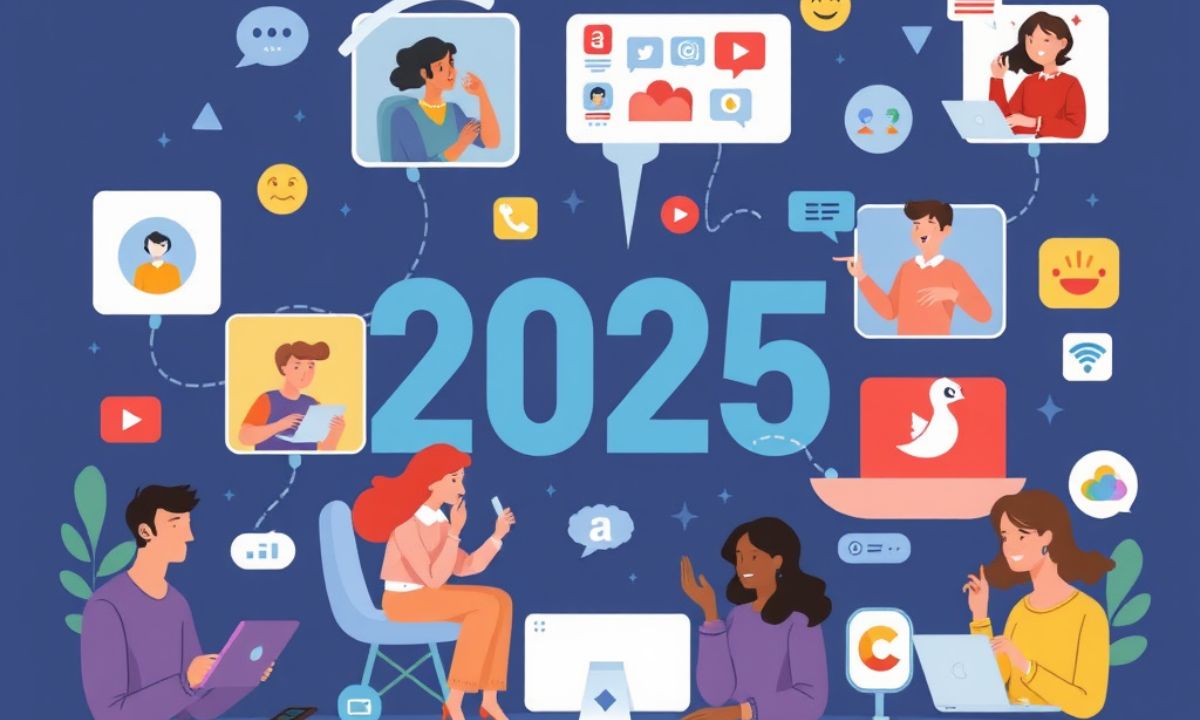In the whirling (and competitive) professional world, synonyms for “hop on a call” truly make a competent participant in one’s business communication strategy.
From conversing with global team members while relocating to globetrot for a corner bif of caffeine followed by a quick penny to organize remote momentaur consultancy/informa/ chats with the dear local partner, every word speaks to and remains for all its pride in an taken invitation.
Classic telephone conversations grew into parallel conversation digitally, coaxing ease to some instant upgrades in opposite.
Technology-filled digital tokens stand in as good-to-use varieties across any business-serving intentions, courteously having significant appeal among the tribal.
This catalogue presents 450 differently derived copies opening each individual session catering to diverse professional reasons thus giving you the proper satisfaction of having landed on the very cast-and-downright-blackjack wordings that suit numerous different audiences-the worst of industrial people in your business-while being greatly professional and straightforward in your synchronous interaction.
Connect Over the Phone
Regularly ringing someone over the phone remains an integral part of communication in the business world in 2025, an immediacy that nothing else written correspondence can always give.
“Would you like to connect over the phone tomorrow to discuss the quarterly results?” is one of those phrases that offer an appointment to engage in a professional dialogue while keeping it warm.
The phrase serves best in presenting broad subjects requiring real-time discussions and immediate feedback from the participants for instant clarification.
It is personal and emotional, lacking in email messaging, making the phone the ideal medium for talking about relationship-building with clients or team members working remotely. By suggesting to “connect over the phone,
Example: one shows a desire for real engagement beyond surface-level communication but really brings it to the world where everything seems to be highly digital in the workplace environment.
Jump on a Call
Jump-on-call references convey urgency and efficiency, ideal for time-sensitive matters needing immediate attention from team members.
The use of “Let’s jump on a call to address these customer concerns before they escalate” exemplifies how this phrase communicates both urgency and resolute action.
This approach works particularly well in industries where quick decision-making and responsive communications equal competitive edge.
Casual yet with intent, the tone strikes the perfect balance between professionalism and approachability for both internal teams and external clients.
By suggesting “to jump on a call,” you are fostering an atmosphere for collaborative problem-solving where thoughts can be exchanged freely without the limitations of a written medium.
The phrase has gained even more appeal in the context of virtual workplaces where teams want to recreate the instantaneity of the in-office experience without crossing the professional lines.
Schedule a Chat
Scheduled chats are very deliberate in professional dialogue while still being friendly enough to put people at ease. “I’d like to schedule a chat next Tuesday to review the marketing strategy” demonstrates how this phrase strikes a nice balance between formality and the approachablility of a business setting.
This way of thinking works especially well for planning talks that necessitate some groundwork but should not feel overly color formal or intimidating to participants.
The word chat helps remove the formality of scheduled meetings, but still recognizes that this is a professional conversation.
You can use this approach to create calendar touchpoints, while eliminating any of the stress associated with more formal meeting terminology.
That expression has gained more favor over the years in collaborative workplaces that would like to optimize output without sacrificing a healthy communicative culture that values both efficiency and interpersonal connectivity.
Have a Quick Discussion
A quick-draw kind of discussion shifts the focus toward brevity and directedness and is thus a favorite means of giving particular attention to specific subjects without impinging on busy schedules.
The example “Can we have a quick discussion regarding the client presentation before the deadline tomorrow?” shows respect for everyone’s time constraints with an emphasis on productive outcomes. Such an approach best suits workplace settings where productivity trumps lengthy discussion.
Clarity in expectation-setting is done through these phrases in letting people know that the interactions will be purposeful and to the point, thus mentally preparing them for focused dialogues.
By stating that a “quick discussion” is acceptable, you allow room for more substantial conversations that don’t involve the structure of a formal meeting or long-winded niceties.
The term is now widely used in agile offices, where rapid iterations and frequent touchpoints have dethroned marathon meetings, reflecting a trend of modern communication that values quality over quantity.
Touch Base
Touching base signifies a lighter check-in that keeps connections but does not require elaborate preparation or discussion time.
For instance, “Let’s touch base on Thursday to see how the project implementation is progressing” would implement this rhythm into the communication culture without crushing someone’s calendar.
This works very well for ongoing projects where full-scale meetings would be overkill for providing updates.
The casual feel of “touching base” actually relieves some pressure off a conversation, allowing everyone to keep the important matters in sight and under follow-up. In proposing to touch base, one is creating a wholesome communication pattern that will see projects through while being sensitive to everybody’s workload and time constraints.
This expression has become pertinent for remote and hybrid environments, as sustaining connection within remote setups requires deliberate effort-another function for which this expression serves as a virtual replacement for spontaneous, free-floating check-ins.
Ring Me Up
“Ring me up” casts a conversational, slightly retro tone on professional communication while quite literally asking for a verbal interchange.
Saying, “Feel free to ring me up whenever you have questions about the contract details,” creates an open invitation for direct communication.
This type of language is ideal for establishing the availability of team members or clients that might require your input on evolving situations.
The informal tone helps ensure that the speaker is perceived as approachable, albeit quite in line with the professional context and purpose. “Ring you up” is more conducive to breaking down barriers to communication and promoting a direct form of interaction over the asynchronous form of messaging.
This expression has been favored in the modern-day professional landscape for creating a semblance of the courteous communication of yesteryears while becoming very efficient in the contemporary workplace.
This perfect in-between language truly speaks across generational divides of workplace culture.
Set Up a Call
The setup of a call implies intent and organization, which makes it suitable for important conversations that require special scheduling and preparation.
“Let’s set up a call with the entire department to discuss the upcoming organizational changes,” that phrase indicates that the topic is important enough for an inscription on everybody’s calendar.
The method works very well for the type of discussions that require at least two or more participants to coordinate schedules so that meaningful communication can happen.
The phrase suggests informality but maintains enough structure to be appropriate for a working context; thus, it achieves the perfect middle ground. By asking to be on a call, you provide space for an in-depth discussion while ensuring that all participants can prepare for meaningful contribution to the talk.
This term, of course, has become standard in corporate ecologies where effective time management is inseparable from productivity, thus allowing a team to discipline communication while tackling complex issues that call for real-time interaction.
Call Me for a Talk
There is something about the call for a talk that keeps it straddling the fence between an intent of professional courtesy and a warm, sunny conversation, thus opening an inviting milieu for an exchange that just might mean something.
“Please call me for a talk when you’ve reviewed the proposal materials” portrays just such a conversational construction, which nudges at a follow-up while still being anchored within professional propriety.
It lends itself well especially when the intention is to cue the opportunity for more serious discussions without giving concern to a tightly-tangled schedule.
The initiative for conversation is there, all the same, cradled in the arms of professional courtesies. To call for a talk is an approach that emphasizes valuing their input while allowing for a more extended interaction, maintaining dialogue that diverges from brief updates.
This expression has entered much into relationship-based business vernacular, where connection-building is as significant as the information exchange; therefore, these phrases allow blending task-oriented communication with relationship development.
Let’s Talk
Universal simplicity cuts through the clutter of communication and underscores the value of face-to-face talks.
With “Let’s talk about the budget adjustments before we get into the quarterly forecast,” there clearly is no fancy footwork: it speaks plainly to the issues at hand.
It is a highly effective style when there is an established working relationship, which allows the use of communication shortcuts that maintain clarity and respect while improving overall efficiency.
The invitation to “talk” directly expresses how important that conversation is, but without pressing for it overtly or dressing it up.
The very suggestion of “let’s talk” opens avenues to resolving or advancing topics worthy of direct discussion over documentation or formal presentation.
In fast-paced environments where the efficiency of communication translates directly into operational outcome, it has become a critical expression, enabling teams to address matters of growing importance in the most effective medium while avoiding needless protocol delays.
Get on the Line
Getting on the line is a phrase suggesting some urgency while remaining professional, thus serving time-sensitive situations that need immediate verbal communication.
The proposition “Let’s get on the line with the client immediately so we can straighten their concerns about the delivery timeline” shows how this expression is weighty with importance and action orientation.
This works incredibly well when coordinating responses to unfolding situations where written communication could cause detrimental delays.
The slightly technical meaning of getting on the line gives extra professional weight to the request for communication. By saying get on the line, you are indicating that the conversation is at a priority level that allows an immediate, preferred channel of resolution or decision making.
The term is currently gaining a revival in use in crisis management and customer service settings, where response time is critical to outcomes, enabling teams to convene quickly through the most effective communication channel when situations need immediate attention.
Have a Conversation
Conversation has depth and mutual exchange, which is necessary for complicated subjects that require discussions and not just plain exchange of information.
“We should have a conversation about the strategic direction before the board presentation next month,” this phrase makes room for full-fledged dialogue and exploration of ideas.
This approach works extremely well for multi-stakeholder discussions or for sensitive subjects that matter more in terms of the nuance rather than in efficiency.
The term “conversation” implies that there is reciprocity as well as equal participation from all people on the topic. So, to “have a conversation” indicates a willingness to see several points of view and also recognizes the complex nature of the topic at hand.
This phrase is more essential in integrated working environments where all divergent points of view have to be brought up before making a decision, as creating psychological safety for honest and open communications is much more important than surface-level communication to get to the real factors and implications that everyone understands.s.
Dial In for a Chat
Dialing in for a chat perfectly bridges remote work realities with personable communication, ideal for distributed teams seeking connection. “Please dial in for a chat on Wednesday when we’ll discuss the new client acquisition strategy” shows how this phrase acknowledges virtual constraints while maintaining conversational warmth.
This approach works exceptionally well for organizations with geographically dispersed team members who need regular communication touchpoints without constant formal meetings.
The phrase acknowledges the technological medium while focusing on the human exchange that remains the purpose.
By inviting colleagues to “dial in for a chat,” you create virtual gathering spaces that replicate the casual yet productive conversations that would naturally occur in physical offices.
This expression has become essential vocabulary in remote-first organizations where intentional communication bridges physical distance, allowing teams to maintain cohesion and culture through regular verbal exchange despite geographical separation.
FAQ’s
What’s the most formal way to invite someone to a phone conversation in a professional setting?
“Set up a call” or “schedule a discussion” conveys appropriate formality while maintaining professional courtesy in business communication contexts.
How can I suggest an urgent phone conversation without sounding demanding?
“Jump on a call” or “have a quick discussion” communicates urgency while maintaining a collaborative tone that respects the other person’s agency.
What phrase works best when inviting international colleagues to verbal discussions across time zones?
“Schedule a chat” works effectively as it implies planning consideration while maintaining a friendly, approachable tone appropriate for cross-cultural communication.
How should I phrase call invitations differently for clients versus internal team members?
Use “set up a call” or “connect over the phone” for clients to maintain professionalism, while “touch base” or “quick discussion” works well for internal team communication.
What’s the best alternative to “hop on a call” when communicating with senior executives?
“I’d like to discuss this matter” or “could we arrange a brief conversation” shows respect for their position while clearly stating your communication needs.
READ MORE: https://travelloverage.com/saygood-luck-in-your-future-endeavors-in-2025/
Conclusion
Mastering alternative phrases to “hop on a call” significantly elevates your professional communication strategy in 2025’s diverse business landscape, where effective telephonic exchanges and digital dialogues determine collaboration success. Whether facilitating remote discussions through video conferences or scheduling brief calls for immediate problem-solving, your terminology choices reflect your communication sophistication and respect for others’ time. By intentionally selecting the most appropriate invitation phrase based on context, relationship, and urgency, you create clearer expectations and more productive interactions across all professional conversation scenarios. As virtual meetings and audio conferences continue evolving alongside traditional phone consultations, adapting your vocabulary ensures your communication remains both current and effective, strengthening professional relationships through thoughtful, precise language that acknowledges the value of synchronous communication in our increasingly asynchronous world.

I’m Irfan, an experienced SEO content and SEO specialist with 2 years of expertise, currently contributing to Al Jazeera News Website.












